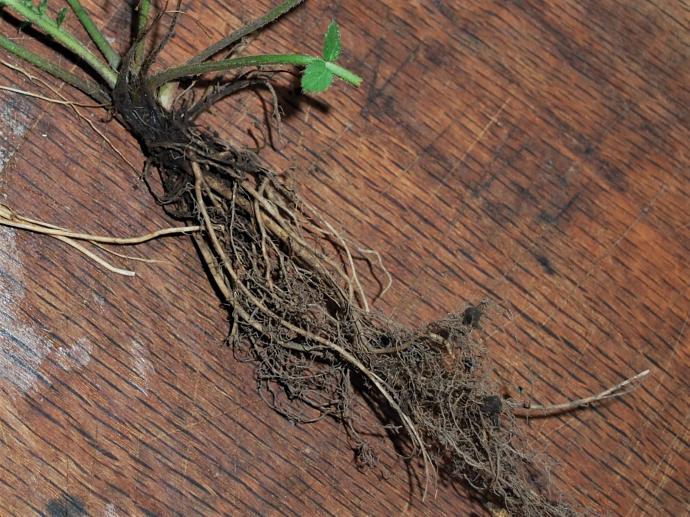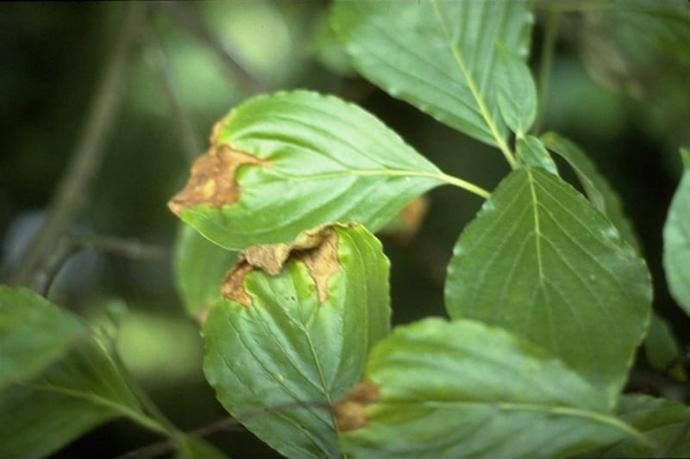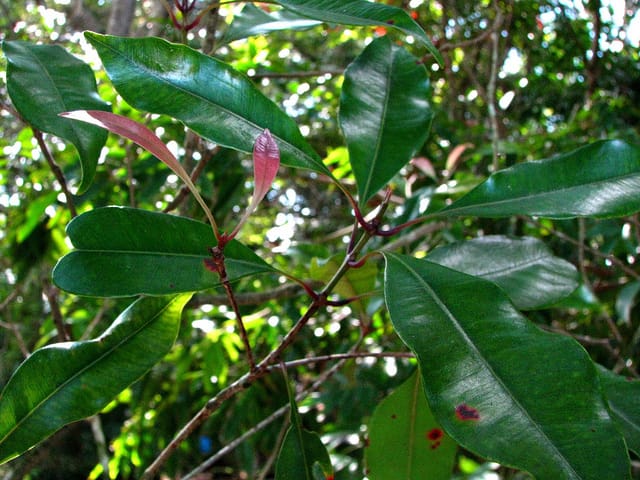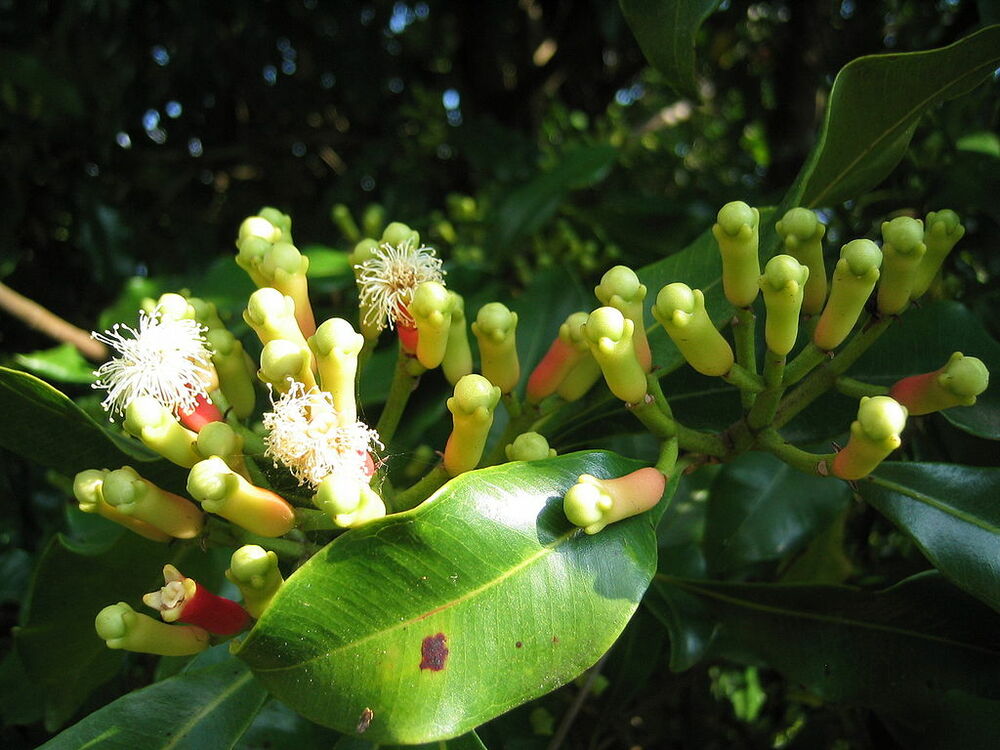Clove Plant
Clove trees thrive in well-draining soil and full sun to partial shade. Water consistently, especially during dry periods. Prune to shape the tree and remove dead or diseased branches. Fertilize during the growing season for optimal spice production.
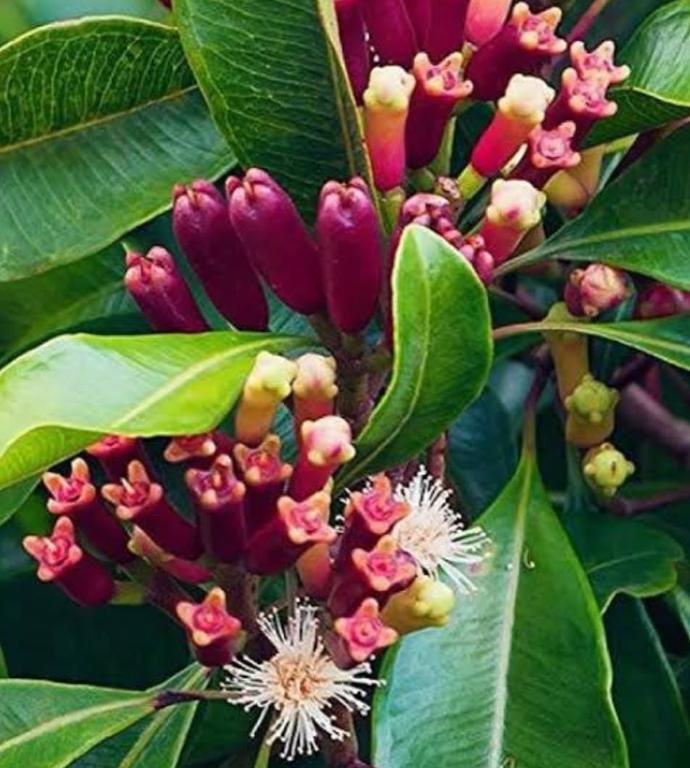
Habit
Tree
Height
8-12 m
Growth
Moderate
Soil
Well Drained, Loamy
Shade
Partial shade to Full Sun
Moisture
Moist
Edible
Yes [Flower Bud ]
Medicinal
Yes
Origin
Indonesia
Climatic Condition
Tropical, Humid
Temperature (°)
20-35°C
Humidity (%)
60-90%
Potting media
Peat, mulch
Fertilizers
NPK 10:5:15, potassium-rich
Watering
Regular watering
Plant Weight
2-5 kg
Flowering Time
Summer, Autumn
Soil Ph level
5.5 - 6.5
Water Ph level
5.5 - 6.5
Soil EC
1-2 dS/m
Yield Per Plant
1-5 kg per tree
NPK ratio
10:05:15
life Span
50+ years
Health Benefits
Antibacterial, digestive aid
Suggested Grow Media or Potting Mix ?
50% loamy soil, 30% compost, 20% sand
Suggested Fertigation/Fertilizers
Fertilize every 6 weeks with a balanced, slow-release fertilizer.
Common Diseases and Remedies
Anthracnose , Root Rot .
Dark sunken lesions on leaves , Defoliation , Twig Dieback .
neem oil , cinnamon + water proper sanitation
HEALTH BENEFITS
· Rich in antioxidants, particularly eugenol, which helps fight inflammation.
· Aids digestion and relieves gastric issues.
· Has antibacterial properties and is used for dental health (toothache relief).
· May help regulate blood sugar levels.
What Is An Clove Tree?
Clove, known scientifically as Syzygium aromaticum, is a spice extracted from the dried flower buds of the clove tree, which is native to the Maluku Islands of Indonesia. Cloves are prized for their warm, sweet and aromatic flavor and have been used as an important spice in culinary traditions for centuries. Evergreen carnation trees contain clusters of pink flower buds that, when dried, produce fragrant brown carnations. Cloves are harvested before the buds are fully open.
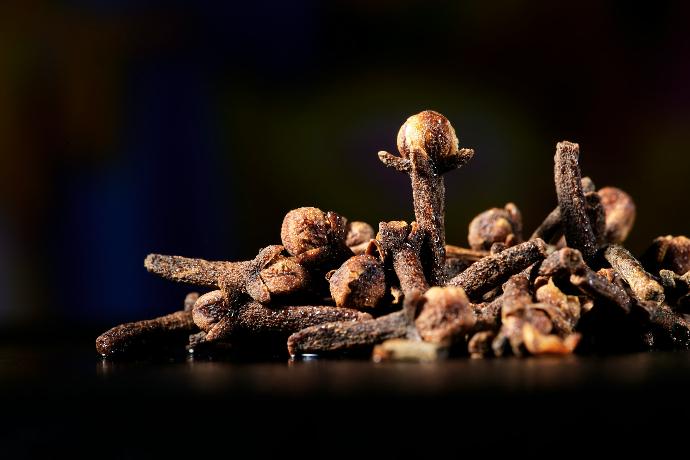
What Are The Different Types Of Clove Plants?
Although there are no distinct types of cloves, cloves are usually classified according to their origin and quality. The main types of cloves available in the market are:
1. Cloves from Madagascar
Madagascar is also a source of cloves. Cloves from Madagascar are considered to have a milder flavor than those from Indonesia.
2. Indonesian Cloves
Indonesia, especially the Maluku Islands, is a major producer of cloves. Indonesian cloves are known for their strong flavor and high essential oil content.
3. Zanzibar Cloves
Cloves are also produced on the island of Zanzibar off the coast of Tanzania. Zanzibar cloves are known for their aromatic properties.
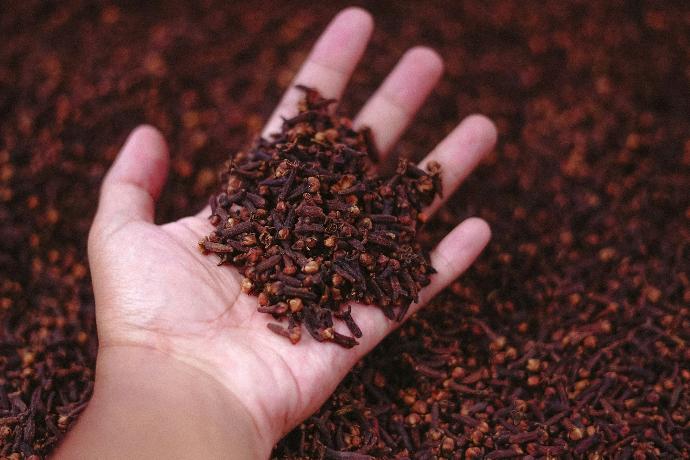
How to care for Clove Plants ?
1. Location
Clove trees are tropical plants that are best suited for outdoor cultivation in warm, tropical climates. They thrive in temperatures between 68°F to 86°F (20°C to 30°C) and require high humidity. In their natural habitat, clove trees grow in tropical regions with well-defined wet and dry seasons.
2. Sunshine
Clove trees require a good amount of sunshine to thrive, but too much direct sunlight can damage the leaves and negatively affect the tree's growth. Ideally, clove trees should be planted in areas where they can receive partial shade, particularly during the hottest part of the day.
3. Soil
Clove trees require well-draining, nutrient-rich soil for optimal growth. The soil should be rich in organic matter and have a slightly acidic pH level between 5.5 and 6.5. The addition of organic matter, such as compost or aged manure, can help improve soil fertility and provide the tree with the necessary nutrients for healthy growthIf planting a clove tree in a pot or container, it's essential to use soil that is designed for container .
4. Hydration
Keep the soil consistently moist but not waterlogged. Clove trees require regular watering, especially during dry periods. However, they are sensitive to waterlogging, so ensure good drainage.
5. Nutrition
When selecting a fertilizer for clove trees, you can use a general-purpose fertilizer with a balanced NPK ratio. A balanced fertilizer typically has equal or similar proportions of Nitrogen (N), Phosphorus (P), and Potassium (K), such as a ratio of 10-10-10 or 14-14-14.
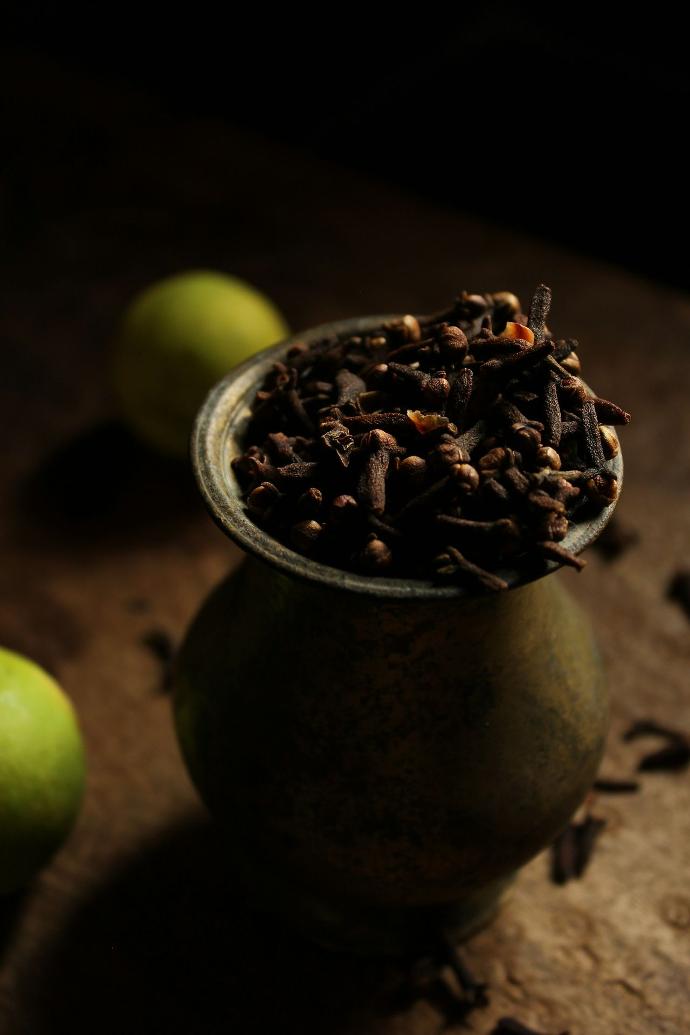
6. Issues
One common concern is the susceptibility to pests, including mites and aphids, which can affect the leaves and buds. Regular monitoring and the application of natural remedies or pesticides when necessary can help manage these infestations. Another challenge is the potential for diseases such as root rot, particularly if the soil is overly waterlogged. Ensuring well-draining soil and avoiding excessive irrigation can mitigate the risk of root-related issues.
What are the Benefits clove Plants ?
The clove tree (Syzygium aromaticum) offers many benefits beyond its best-known use as a spice. The aromatic flower buds harvested from these trees, commonly known as cloves, are a staple of traditional cooking, adding a warm, unique flavor to a variety of dishes. In addition to its culinary importance, the clove tree is valued for its potential medicinal properties. Cloves contain essential oils such as eugenol, which is known for its antibacterial and anti-inflammatory properties. In traditional medicine, cloves are used to relieve dental problems such as toothaches and gum problems due to their analgesic and antiseptic properties. In addition, the potential antioxidant properties of clove extract have also been studied. In horticulture, clove trees, with their glossy evergreen leaves and fragrant flowers, are ornamental and add visual appeal to tropical landscapes. Overall, the clove tree's diverse benefits span culinary, medicinal, and aesthetic aspects, making it a culturally important and versatile plant.
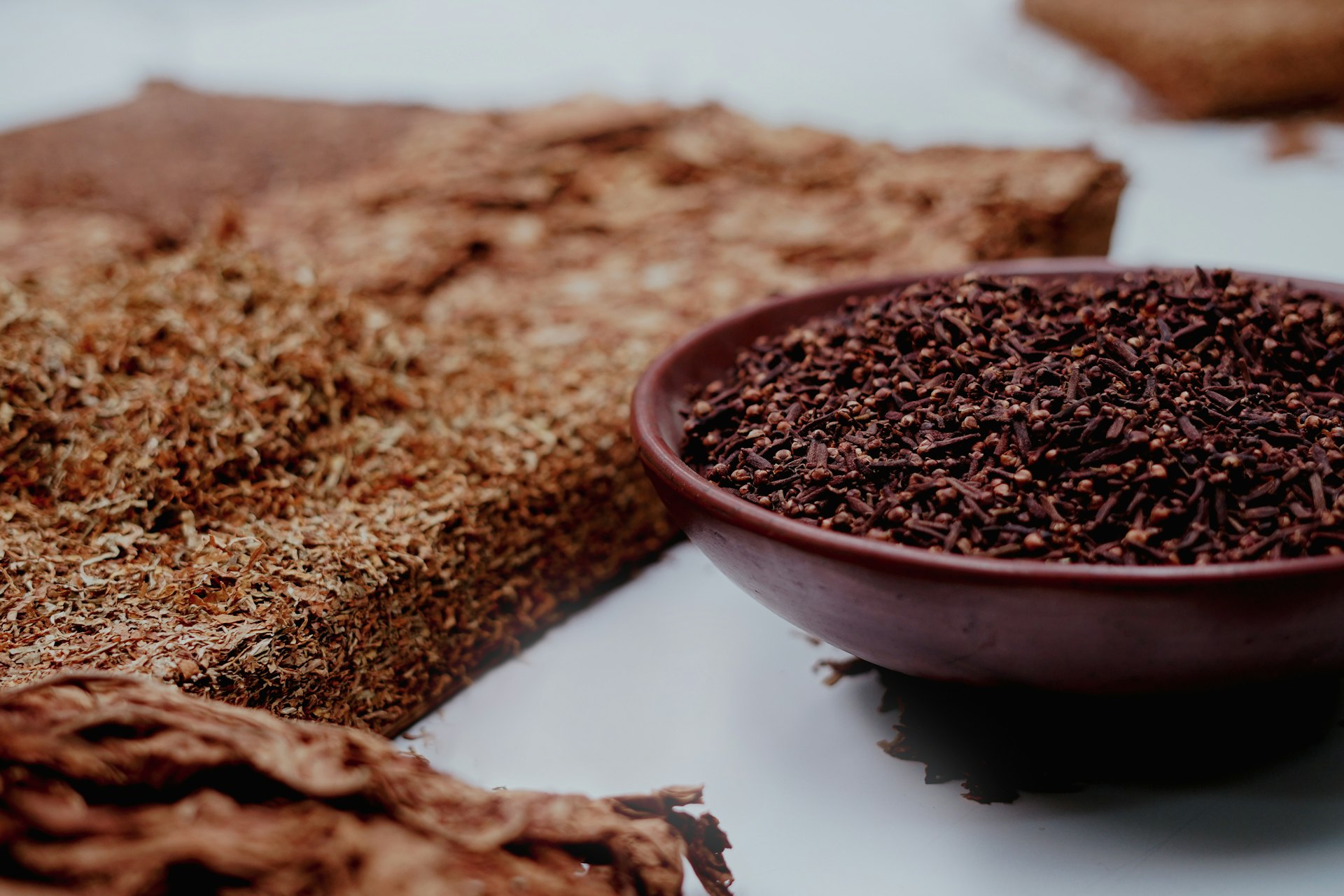
FAQs About Growing Clove
1. What are clove trees?
Clove trees, scientifically known as Syzygium aromaticum, are evergreen trees native to the Maluku Islands in Indonesia. They are cultivated for their aromatic flower buds, commonly known as cloves, which are widely used as a spice.
2. How tall do clove trees grow?
Clove trees can reach heights of 30 to 40 feet (9 to 12 meters) in their natural habitat. However, their size can be influenced by factors such as growing conditions and pruning.
3. Where do clove trees grow?
Clove trees thrive in tropical climates with warm temperatures and high humidity. They are commonly found in regions with well-defined wet and dry seasons.
4. How long does it take for clove trees to produce cloves?
Clove trees typically start producing flower buds suitable for harvesting after several years, usually around 5 to 7 years from planting.
5. Can clove trees be grown in containers?
While it's challenging to grow clove trees indoors, they can be grown in large containers in suitable tropical or subtropical climates. However, growing them in containers may limit their size and productivity
